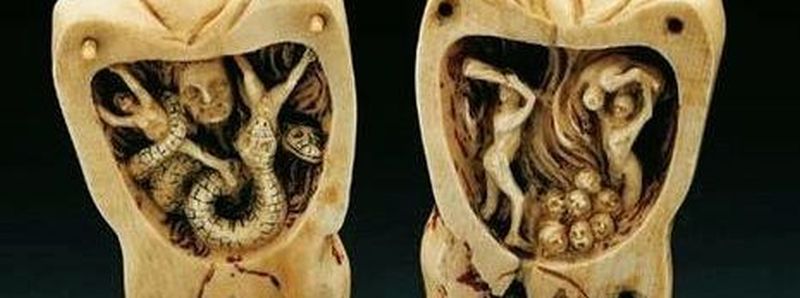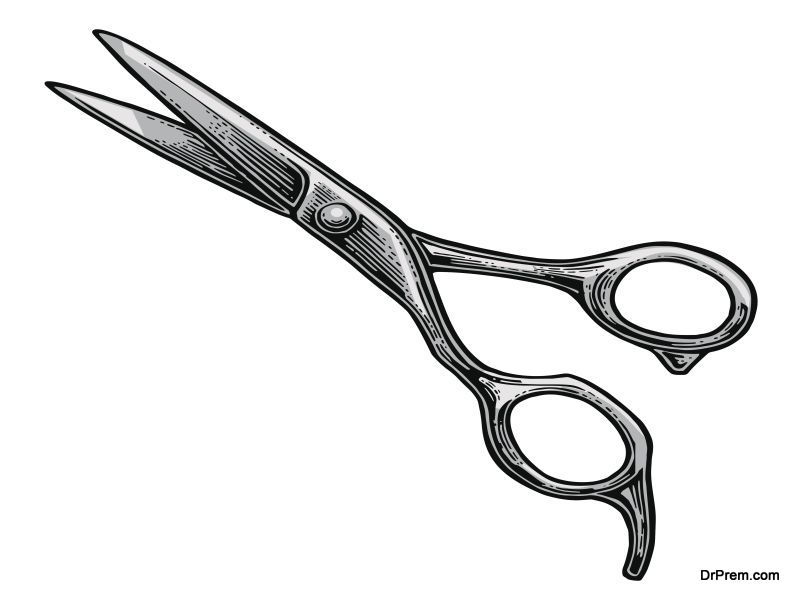Would you believe if we happen to tell you that the hygiene that we prefer today was considered atrocious at one point of time? So much so that the mere word was enough to send people into a tizzy. This explains why the middle ages were considered as the most unhygienic periods in the history of mankind. For instance, take a look at some really revolting health and hygiene practices that were followed in the middle ages.
-
Toothache causing worms
Image Source : thechirurgeonsapprentice
Before the concept of oral hygiene entered the picture, it was widely thought that worms living inside the teeth caused toothaches. It was possible that a physician mistook the nerves under a removed tooth for worms. It was common for physicians to use candle smoke, filling the patient’s mouth with it in order to drive out these worms.
-
Uncleaned Hands after meals
Before the advent of spoons, forks and knives, there were only hands to eat the food. While we don’t complain of people using hands to eat, we feel a bit revolted when we found that the hands were hardly cleaned after the meals.
During the middle ages, it was common for your barber to act as your dentist. A barber surgeon was the person you would need to call if you had a toothache. He would then pull out the teeth sans any anesthetics or standardized medical procedure, leaving you to bleed continuously for many hours. Needless to say that this unhygienic practice led to several deaths in the middle ages.
-
Un-Sanitized Surgical Tools
Another gross fact is that back in the middle age, physicians hardly sanitized their medical tools and equipment. This meant they used the same tools for multiple procedures, irrespective of the blood, tissue or germs they may harbor from previous procedures. This practice also led to -several deaths during this period.
-
Using Urine to Wash Clothes
During the middle ages, it was a common practice to use urine along with lye to wash clothes. The ammonia content in the urine was said to be useful in cleaning clothes. Worse yet, many individuals used to leave empty pots near their doorstep for strangers to pee on before using the collected urine to wash their clothes.
-
Bloodletting for Improved Health
This rather creepy practice stemmed from the belief that excess blood in the body could lead to several illnesses and infections. This led to what was called bloodletting wherein blood is let out of a body by either leeching (placing a leech on the body to suck out the blood) or venesection (cutting out a vein to let the blood flow out). Many believed that doing so removing blood from their bodies would cure them of multiple ailments.
-
Lice Infested Wigs
There is a really nasty secret to all those beautiful and grand wigs noblemen and women used to sport in the Middle Ages. These periwigs used to harbor hundreds of nits and lice not to mention other nasty items like bird excrements. The wigs were also shaped using animal fat which made them highly pungent and flammable.
-
Human Waste in Cess Pits
It was common for many households to have chamber pots, aka mobile toilets in their homes during the Middle Ages. These pots served the purpose of a toilet for the night. Come morning and their contents would be thrown into cess pits aka a hole in the backyard. This cess pit was cleaned only once a week, meaning you had to live with the putrid smell emanating from it as well as the diseases spread by it.
-
King’s Buttwiper
Thought your job was bad? You will not think so after hearing about the King’s royal buttwiper, a person of noble creed who used to follow the king with a portable toilet along with cleaning suppliers. This enabled the individuals to attend to the king’s posterior as and when needed.
Health and hygiene were terms that were not thought of much during the Middle Ages. This resulted in several unhygienic practices that are considered truly revolting when thought of today.







